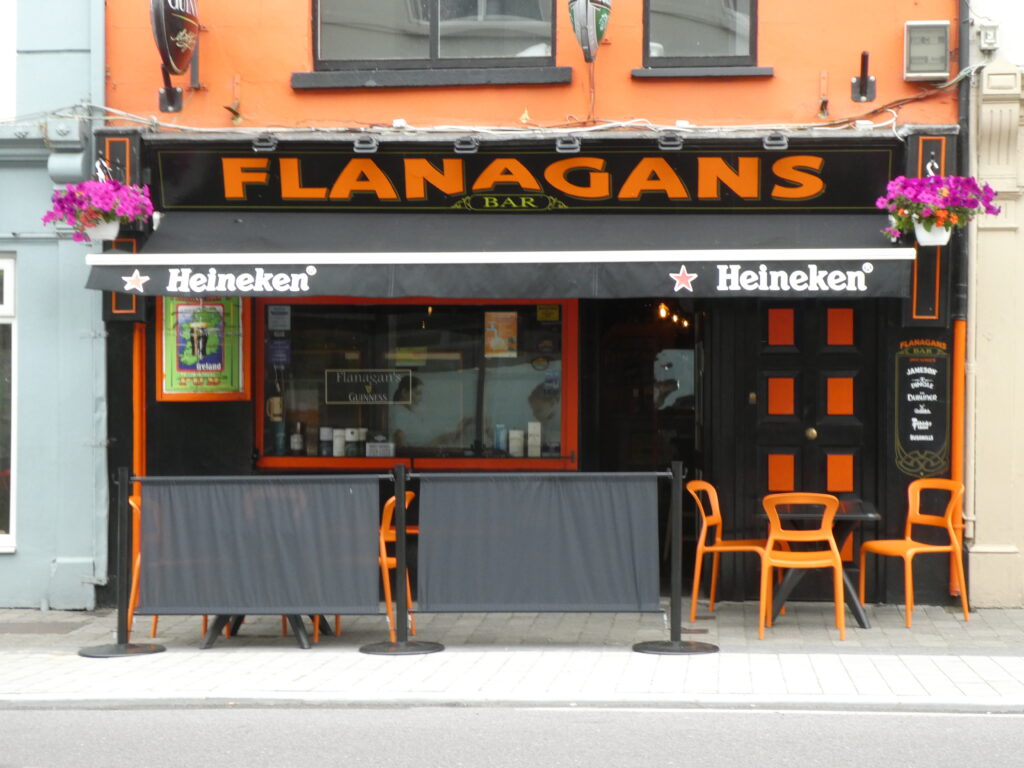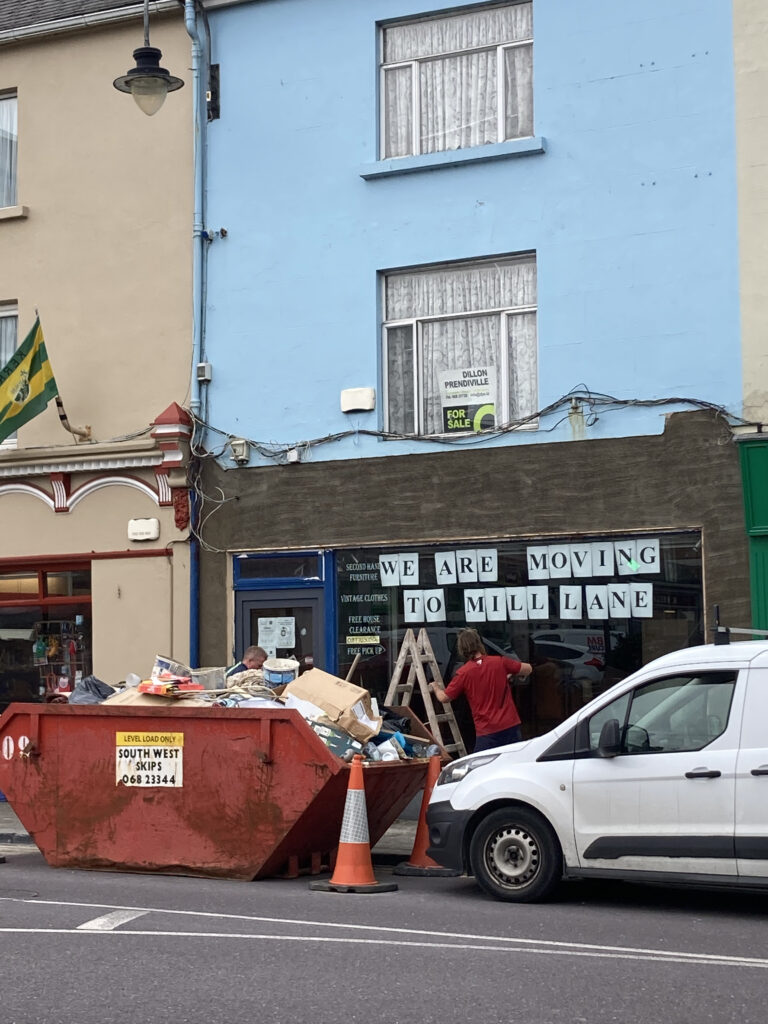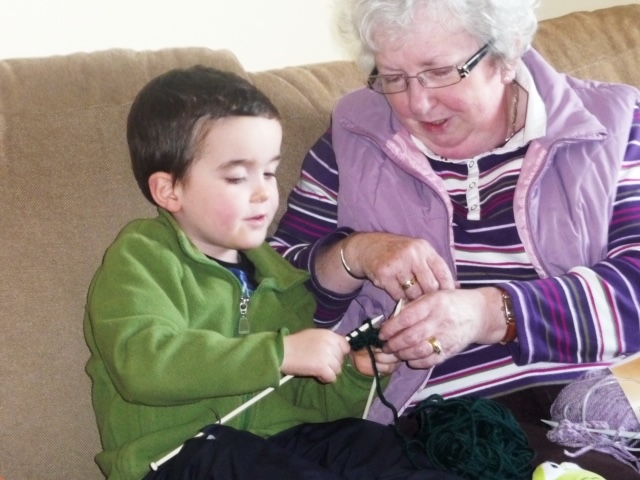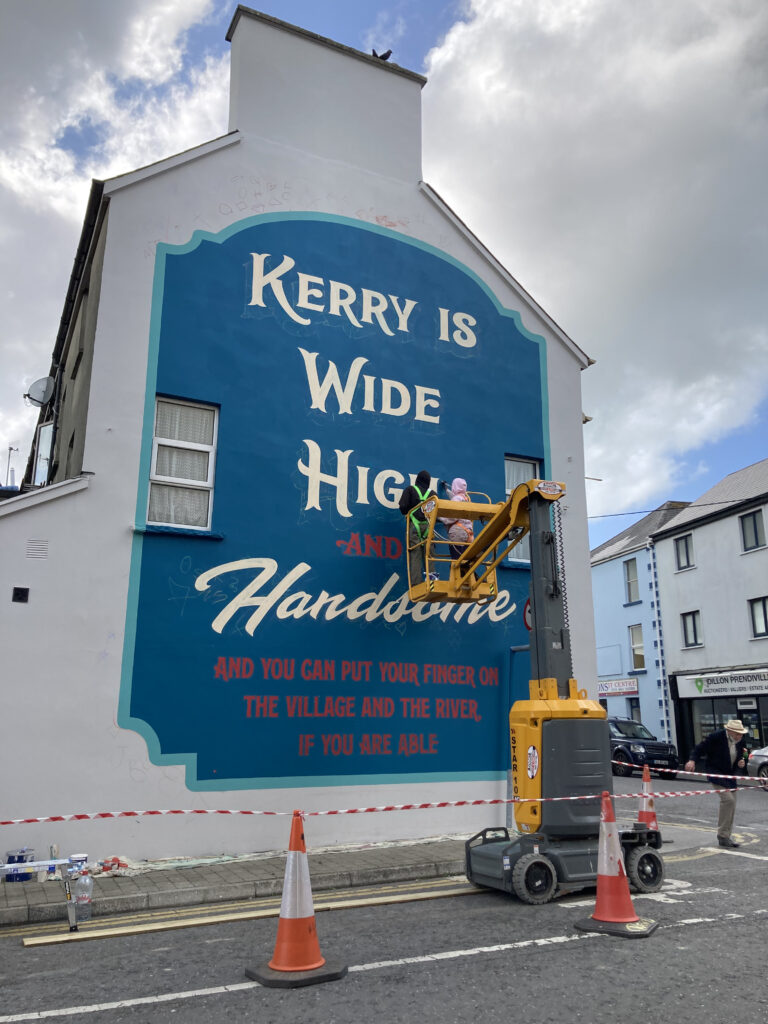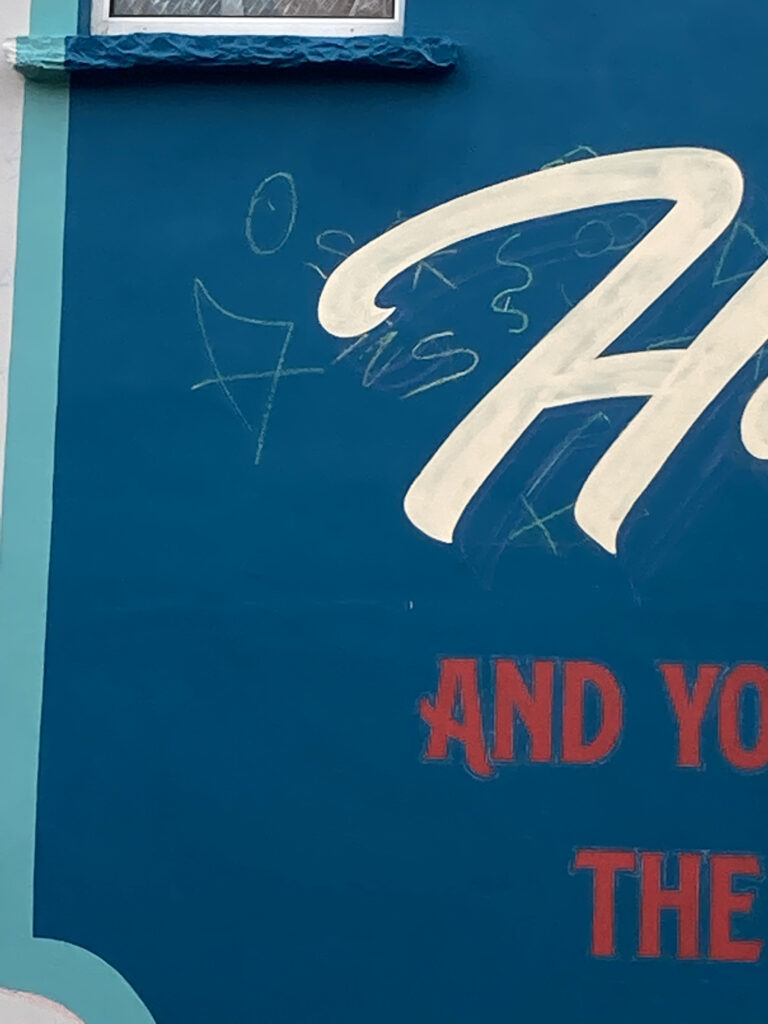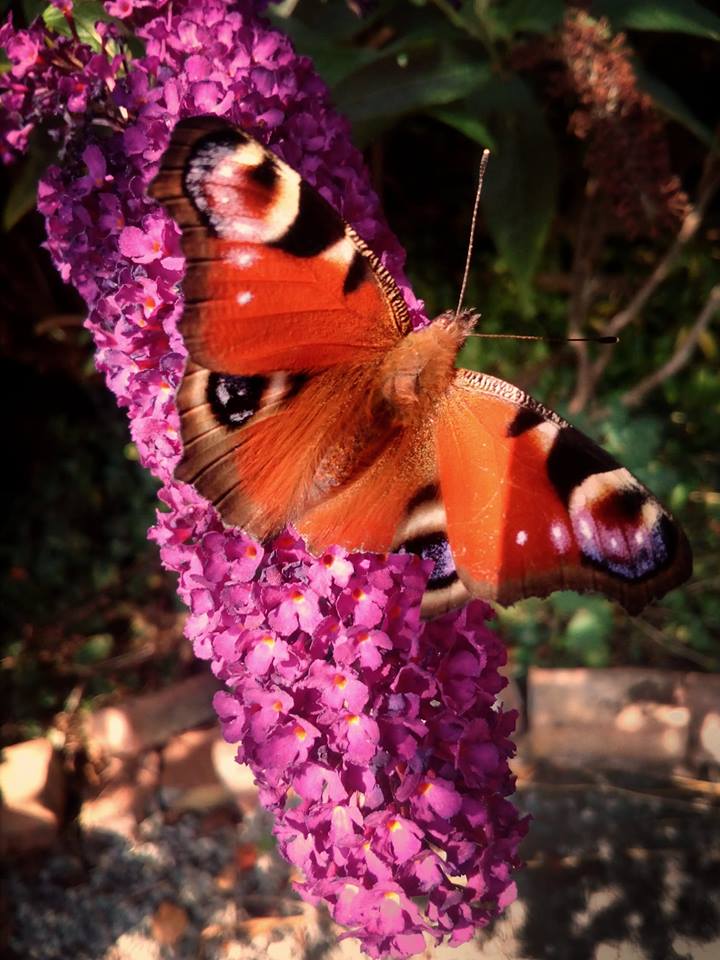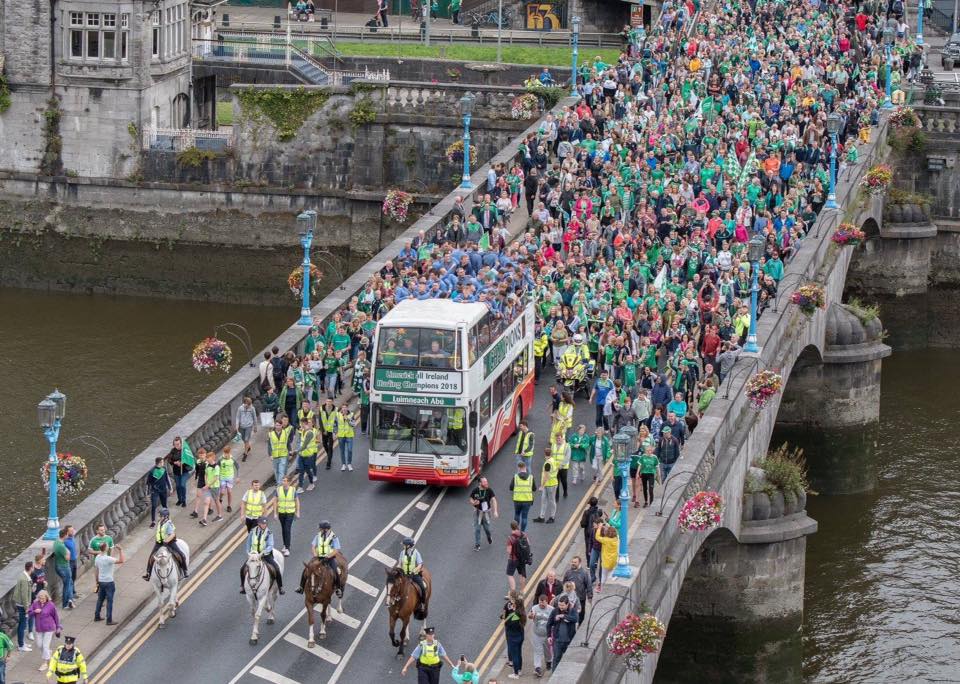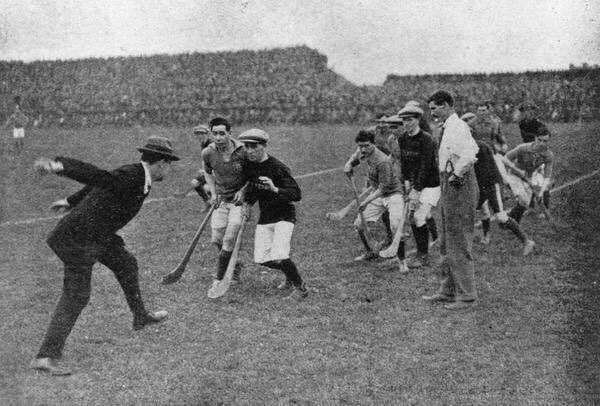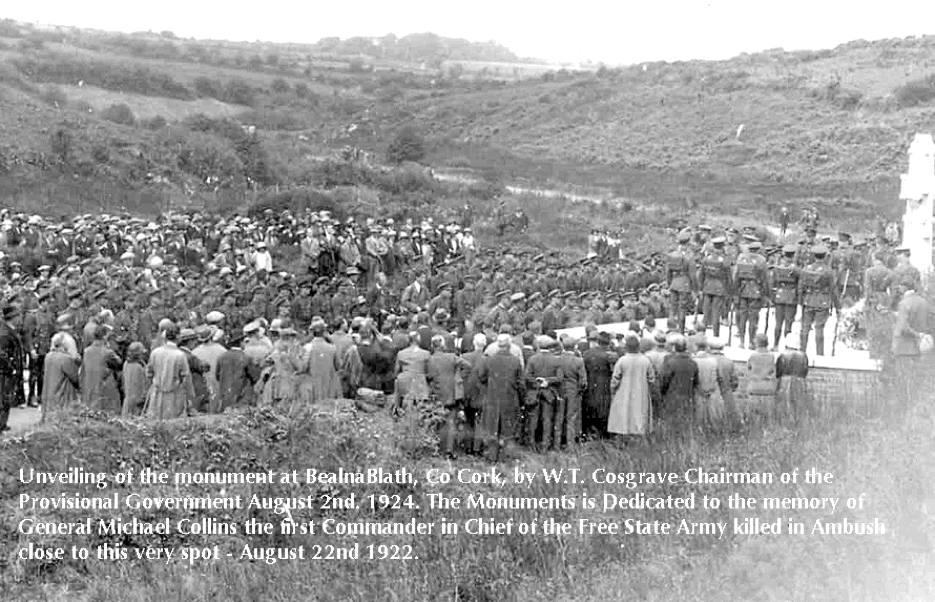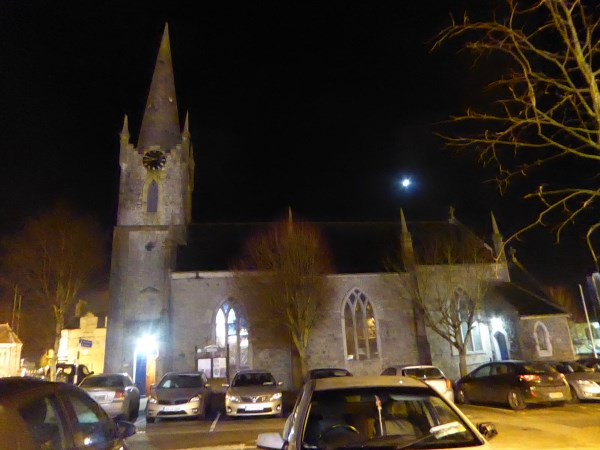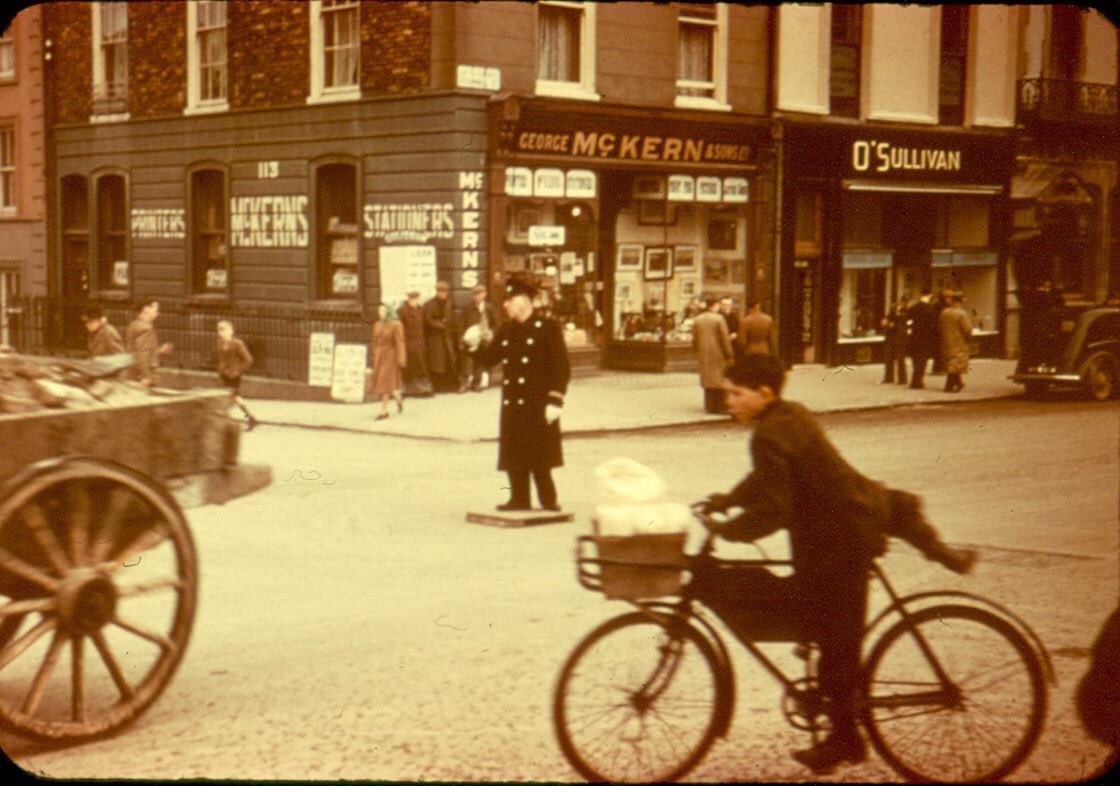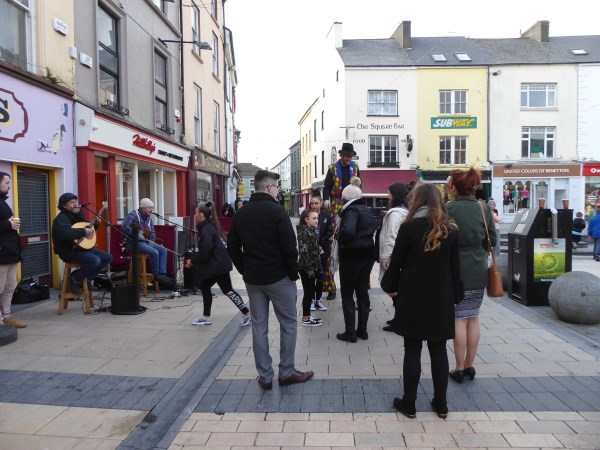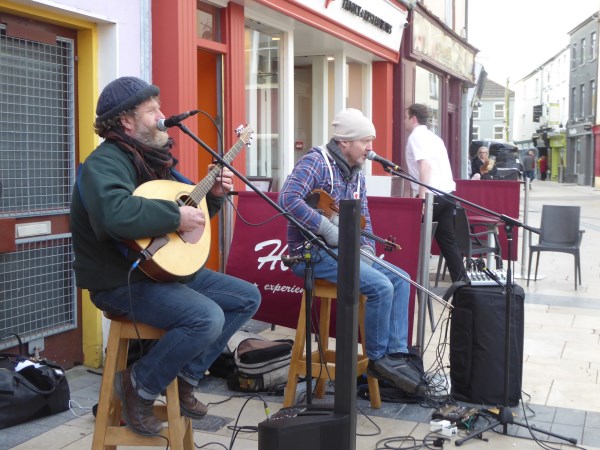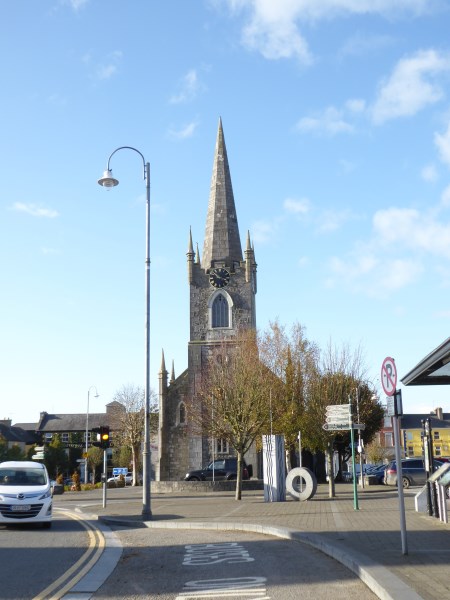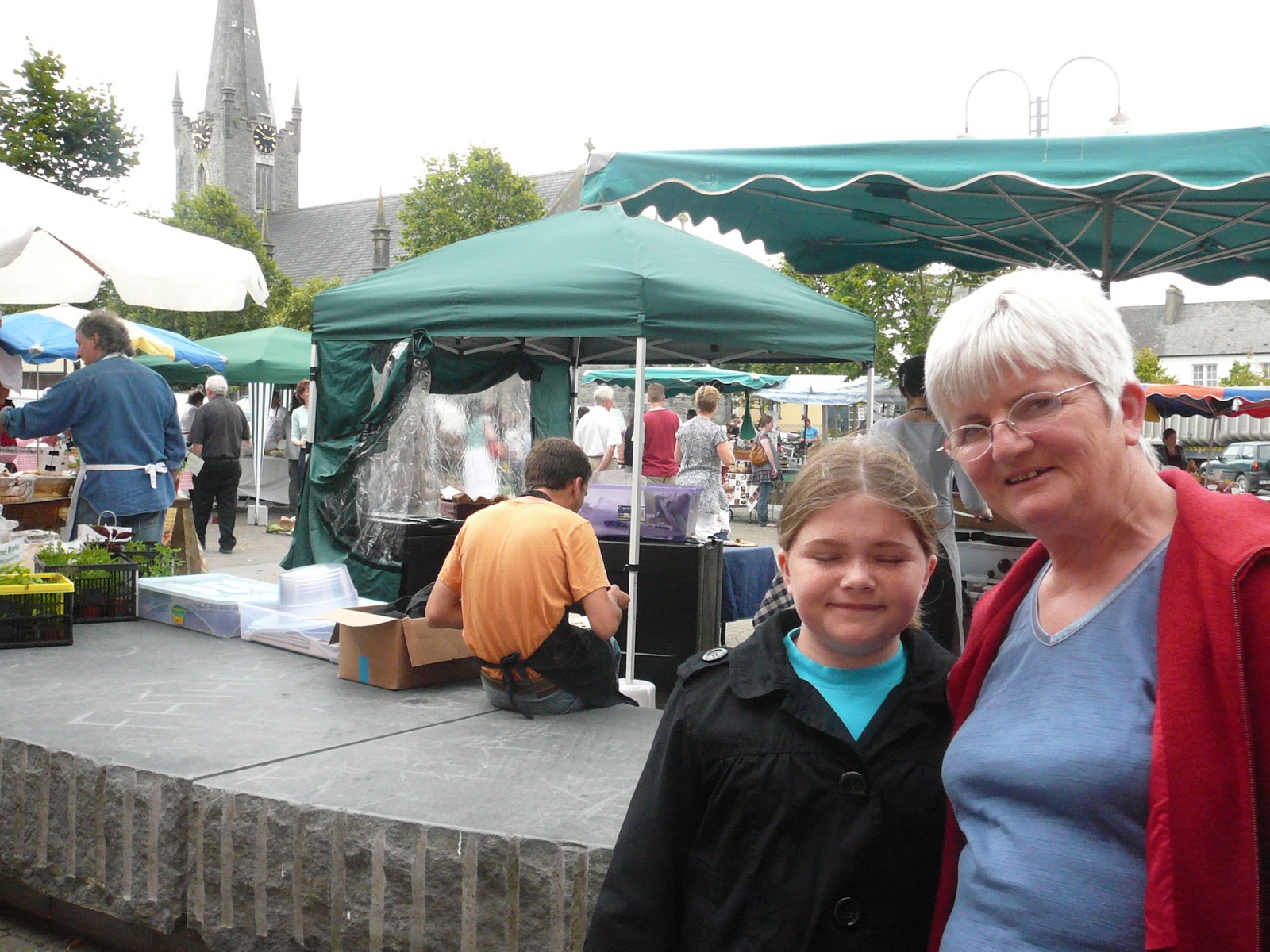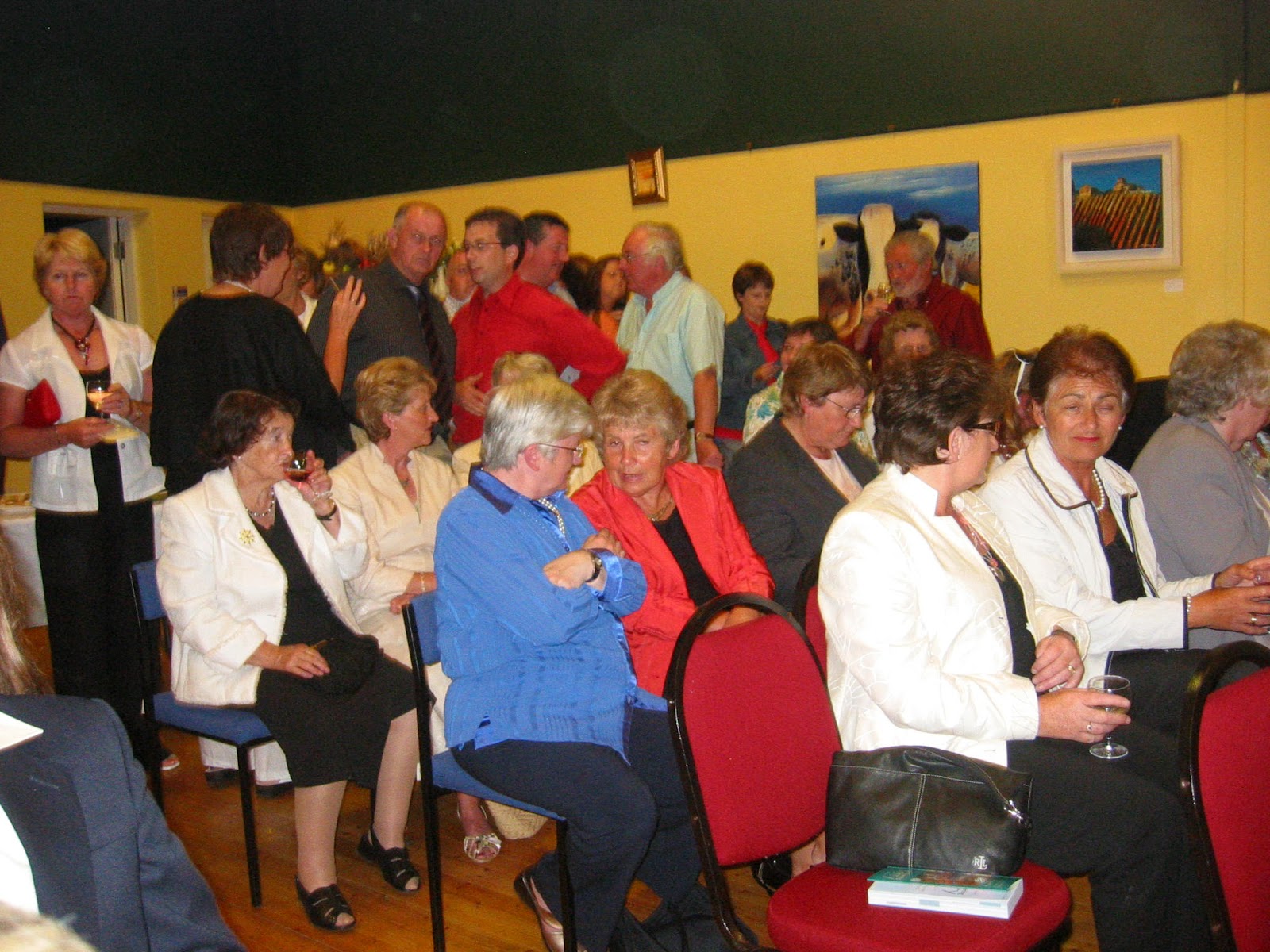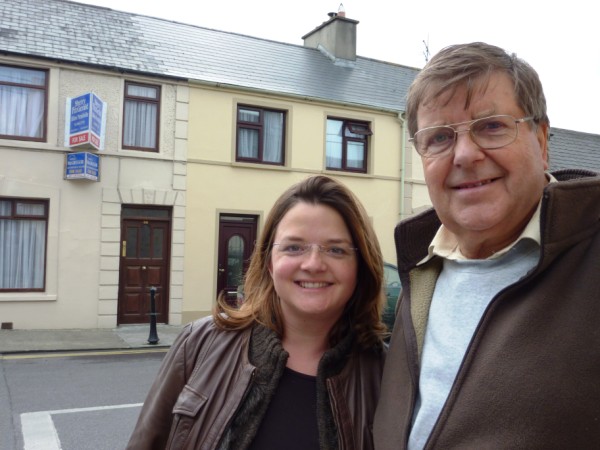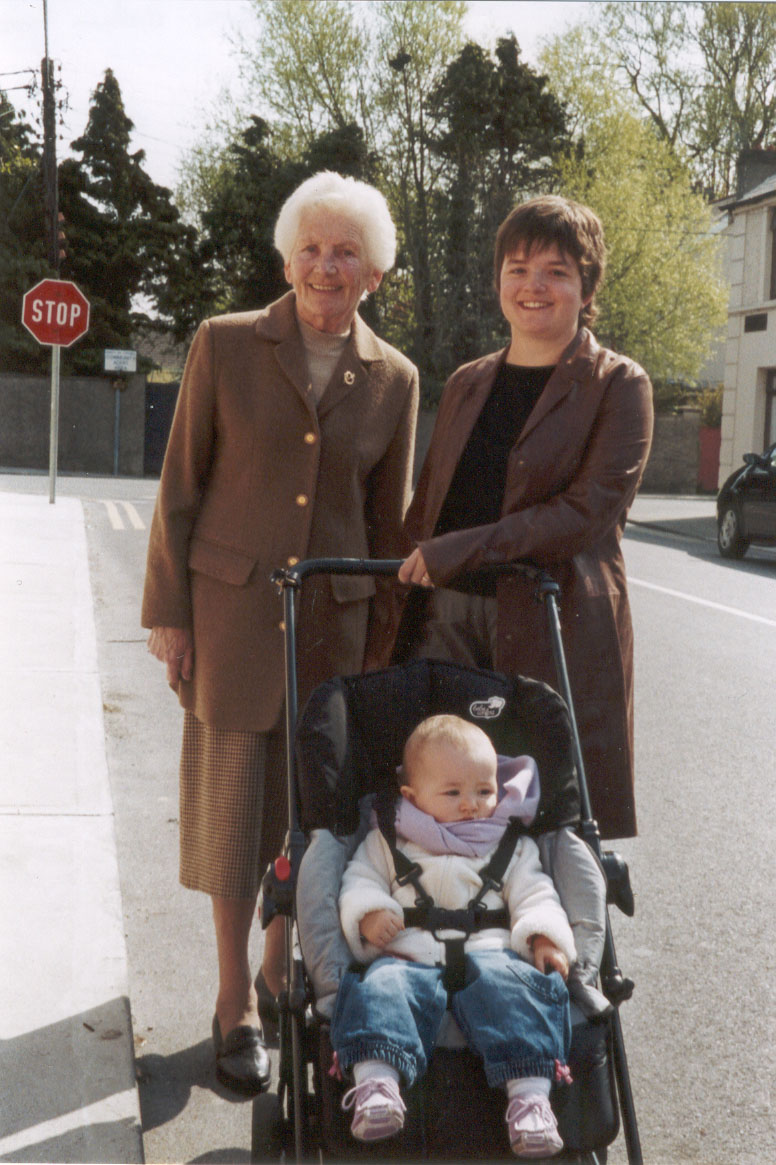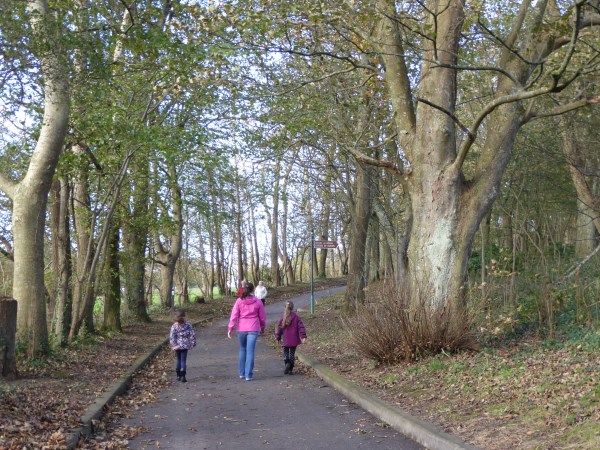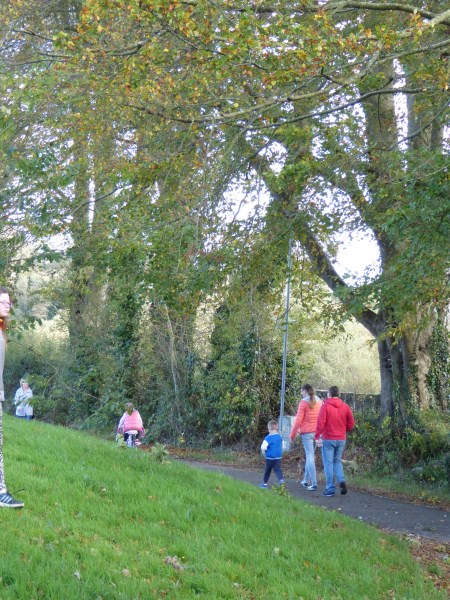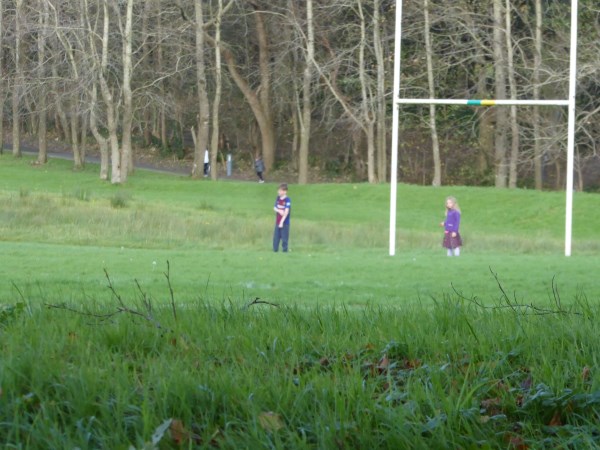
<<<<<<<<<<<
Christmas in Ballybunion
From the Schools’ Folklore Collection 1937/38
Christmas Day
Christmas comes but once a year;
When it comes it brings good cheer,
When it goes it leaves us here,
And what will we do for the rest of the year.
When Christmas morning dawns everyone is up early and goes to early Mass, and many receive Holy Communion. When people meet on their way to Mass their salutes to each other are:- “A happy Christmas to you” and the reply is – “Many happy returns”. The children are all anxiety to see what Santa Claus has brought them.
When Mass and breakfast are over the children play with their toys while the elders are busy preparing the Christmas dinner.
The chief features of an Irish Christmas dinner are – roast turkey, or goose and a plum pudding. The remainder of the day is spent in the enjoyment and peace of the home, and the family circle.
Christmas customs vary from country to country but the spirit of Christmas is the same the wide world over. It is the time of peace, and it is also the feast for the children, because it was first the feast of the Child Jesus who was born in Bethlehem nearly two thousand long years ago.
Collector Máighréad Ní Chearbhaill
Address, Ballybunnion, Co. Kerry.
Teacher: Máire de Stac.
<<<<<<<<<<<<<
Some Christmas Windows 2021




<<<<<<<<<<<<<<
Our Perennial Christmas Story
(I never tire of this one).
The Christmas Coat
Seán McCarthy 1986
Oh fleeting time, oh, fleeting time
You raced my youth away;
You took from me the boyhood dreams
That started each new day.
My father, Ned McCarthy found the blanket in the Market Place in Listowel two months before Christmas. The blanket was spanking new of a rich kelly green hue with fancy white stitching round the edges. Ned, as honest a man as hard times would allow, did the right thing. He bundled this exotic looking comforter inside his overcoat and brought it home to our manse on the edge of Sandes bog.
The excitement was fierce to behold that night when all the McCarthy clan sat round the table. Pandy, flour dip and yolla meal pointers, washed down with buttermilk disappeared down hungry throats. All eyes were on the green blanket airing in front of the turf fire. Where would the blanket rest?
The winter was creeping in fast and the cold winds were starting to whisper round Healy’s Wood; a time for the robin to shelter in the barn. I was excited about the blanket too but the cold nights never bothered me. By the time I had stepped over my four brothers to get to my own place against the wall, no puff of wind, no matter however fierce could find me.
After much arguing and a few fist fights (for we were a very democratic family) it was my sister, Anna who came up with the right and proper solution. That lovely blanket, she said was too fancy, too new and too beautiful to be wasted on any bed. Wasn’t she going to England, in a year’s time and the blanket would make her a lovely coat!. Brains to burn that girl has. Didn’t she prove it years later when she married an engineer and him a pillar of the church and a teetotaler? Well maybe a slight correction here. He used to be a pillar of the pub and a total abstainer from church but she changed all that. Brains to burn!
The tailor Roche lived in a little house on the Greenville Road with his brother Paddy and a dog with no tail and only one eye. Rumours abounded around the locality about the tailor’s magic stitching fingers and his work for the English royal family. Every man, woman and child in our locality went in awe of the Tailor Roche. Hadn’t he made a coat for the Queen of England when he was domiciled in London, a smoking jacket for the Prince of Wales and several pairs of pyjamas for Princess Flavia.
The only sour note I ever heard against the tailor’s achievements came from The Whisper Hogan, an itinerant ploughman who came from the west of Kerry.
“ If he’s such a famous tailor,” said Whisper, “why is it that his arse is always peeping out through a hole in his trousers?.
Hogan was an awful begrudger. We didn’t pay him any heed. Tailor Roche was the man chosen to make the coat from the green blanket. Even though it was a “God spare you the health” job, a lot of thought went into the final choice of a tailor.
The first fitting took place of a Sunday afternoon on the mud floor of the McCarthy manse. The blanket was spread out evenly and Anna was ordered to lie very still on top of it. Even I, who had never seen a tailor at work thought this a little strange. But my father soon put me to rights when he said, “Stop fidgeting, Seáinín , you are watching a genius at work.” Chalk, scissors, green thread and plenty of sweet tea with a little bit of bacon and cabbage when we had it. A tailor can’t work on an empty stomach.
The conversion went apace through Christmas and into the New Year. Snip snip, stitch, stich, sweet tea and fat bacon, floury spuds. I couldn’t see much shape in the coat but there was one thing for sure – it no longer looked like a blanket. Spring raced into summer and summer rained its way into autumn. Hitler invaded Poland and the British army fled Dunkirk, the men of Sandes Bog and Greenville gathered together shoulder to shoulder to defend the Ballybunion coastline and to bring home the turf.
Then six weeks before Christmas disaster struck the McCarthy clan and to hell with Hitler, the British Army, and Herman Goering. We got the news at convent mass on Sunday morning the Tailor Roche had broken his stitching hand when he fell over his dog, the one with the one eye and no tail. Fourteen months of stitching, cutting, tea drinking and bacon eating down the drain. Even a genius cannot work with one hand.
Anna looked very nice in her thirty shilling coat from Carroll Hengan’s in Listowel as we walked to the train. Coming home alone in the January twilight I tried hard to hold back the tears. She would be missed. The Tailor was sitting by the fire, a mug of sweet tea in his left hand and a large white sling holding his right-hand. I didn’t feel like talking so I made my way across the bed to my place by the wall. It was beginning to turn cold so I drew the shapeless green bindle up around my shoulders. It was awkward enough to get it settled with the two sleeves sticking out sideways and a long split up the middle. Still, it helped keep out the frost. Every bed needs a good green blanket and every boyhood needs a time to rest.
The ghosts of night will vanish soon
When winter fades away
The lark will taste the buds of June
Mid the scent of new mown hay.
<<<<<<<<<<<<<<<
From the Top Shelf

Vincent Carmody has a new book out for Christmas. This one is a collaboration with Limerick historian, Tom Donovan. It is a must have for anyone with a Limerick connection. Even if you have no affiliation to the Treaty City this book is a valuable insight into trade in our part of the country in the recent past.
<<<<<<<<<


